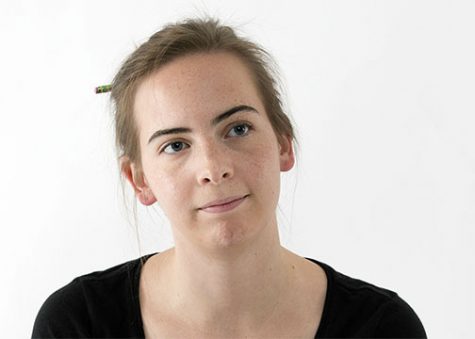Budget committee sets fundraising target
April 17, 2015
A Loyola committee that aims to develop a long-term financial plan has set a target goal of $25 million in order for the university to make it through a combination of cutting costs and increasing revenue.
According to the April 8 email to faculty and staff from university president the Rev. Kevin Wildes, S.J., the university will attempt to reach this goal over the next four years.
However, the actual target amount and how the university will meet it have not been finalized, said Marc Manganaro, provost and vice president for academic affairs.
“I want to stress that at this point we do not have a plan but rather a process to develop a plan,” Manganaro said.
Manganaro said that, as of late, there have been no concrete recommendations from the eight task forces within the Presidential Advisory Group to Develop a Long-Term Plan for Financial Equilibrium.
“There is not a single measure that the advisory committee or the administration has decided on to recommend to the president, and in fact, we have dozens of ideas, a number of which have come directly from faculty and staff, that these workgroups are or will be assessing,” Manganaro said.
Manganaro cited the tuition pricing committee as one workgroup that is working with a consultant to study optimal tuition prices. Another task force is working to find optimal class sizes and teaching loads.
Lucie Lapovsky, Loyola’s financial consultant, stated that the new financial equilibrium plan could include decreasing the number of very small classes at Loyola, as these can be economically inefficient.
“Students may find some of their faculty teaching more classes, and hopefully, classes will be spread out more through the day. There should be fewer very small classes; that is, classes that have less than nine students in them,” Lapovsky said.
Allison Cormier, political science junior, said she believes that the university will be able to find the optimal class size.
“I can understand how it can be inefficient to have extremely small classes and that being a majority of the class sizes throughout, however, I think that having small class sizes is something that does attract many students,” Cormier said. “As long as the classes don’t become obscenely large in an effort to save money, I don’t find it to be problematic.”
Another way the university is looking to increase revenue is by increasing enrollment, but Lapovsky stated that this does not necessarily mean accepting students that would not have been accepted to Loyola before.
“I do not accept that admissions standards will be lowered in terms of the quality of incoming students. Admissions is looking at ways to increase the applicant pool so that Loyola will attract more qualified students,” Lapovsky said.
Lapovsky also said that students might see more movies being filmed on campus like last year’s “22 Jump Street” if they will generate revenue for the university and not disrupt classes.
Manganaro said that throughout the development of the plan, Loyola will continue to keep its sights on student success.
“The priority of this process and as well as that of our new strategic plan is to ensure and enhance student success,” Manganaro said.
In order to do this, Lapovsky has solicited feedback from the entire university and is using this to help guide suggestions that the committee reviews.
Managanaro said that Lopvsky has been gratified, as has the advisory committee, at the extent and quality of those responses.
Additionally, the planning process will be guided by the new strategic plan, Transforming Loyola 2020, according to Wildes’ email.
Manganaro stated that transparency within the university community is also a priority in this process, and that information on the development process will be periodically updated on the financial equilibrium overview page on the Loyola website.
Cormier believes that this process will ultimately be beneficial to the university.
“I think it’s good that the university is being forced to actually review any sort of redundancies that it may have, that it’s being forced to actually make cuts where necessary,” Cormier said. “Hopefully in doing so it will provide a more efficient and effective education for the student population. I also hope that in the long term this will force the university to truly reflect on its financial situation so that we can avoid serious budgetary problems in the future.”






